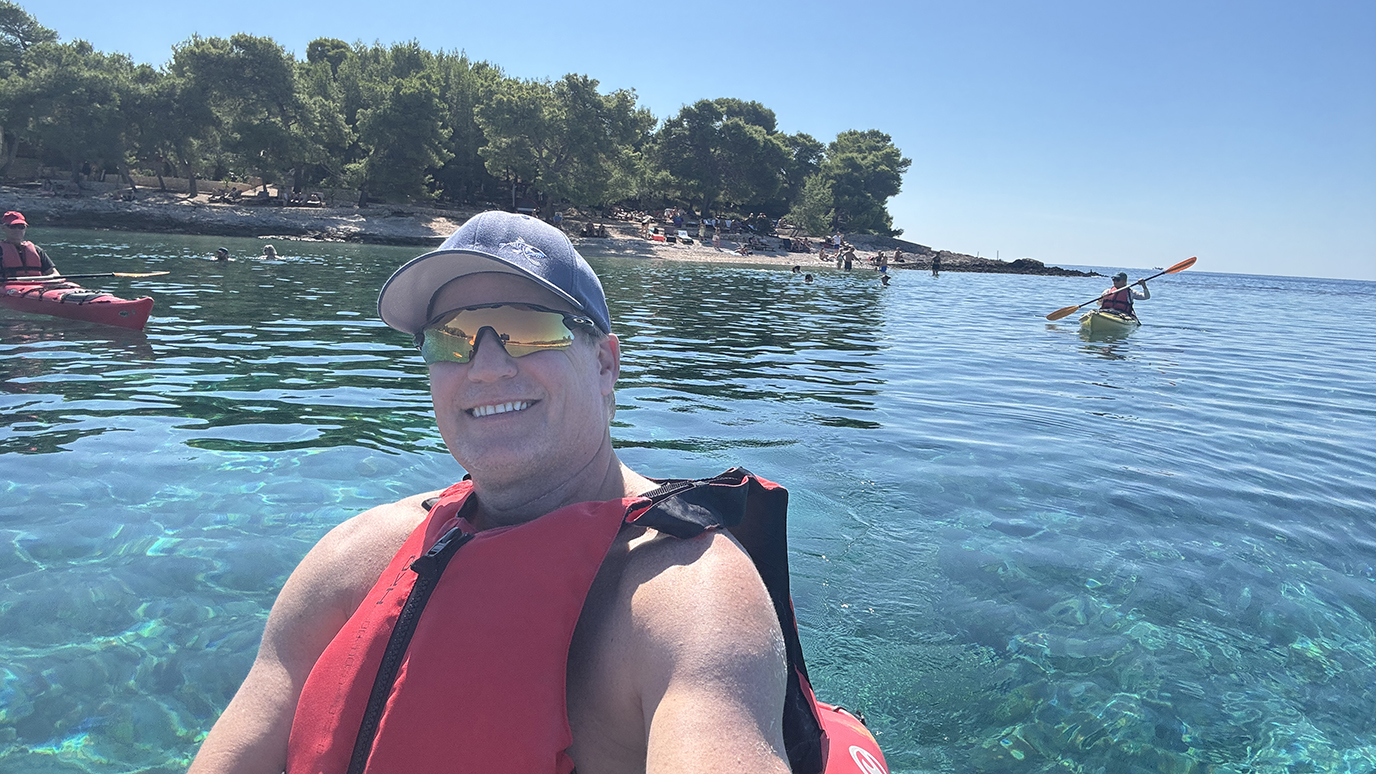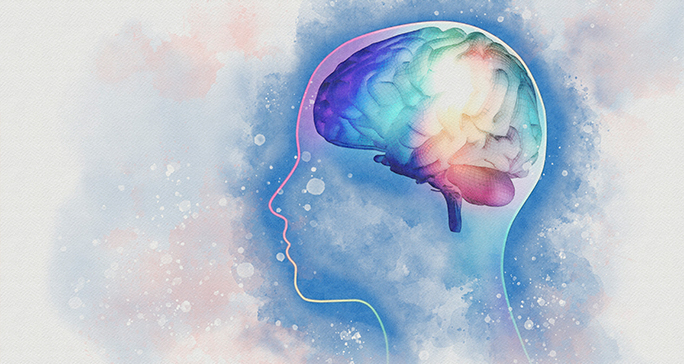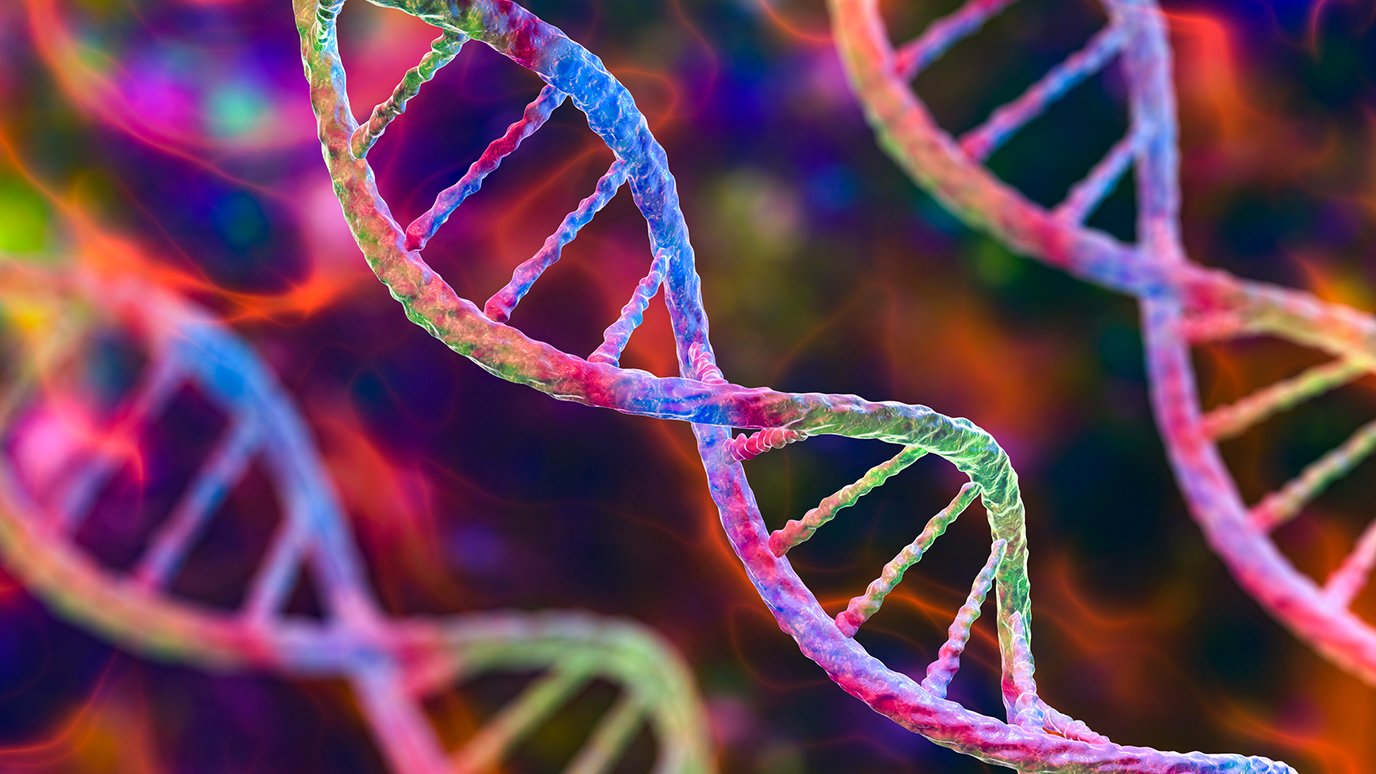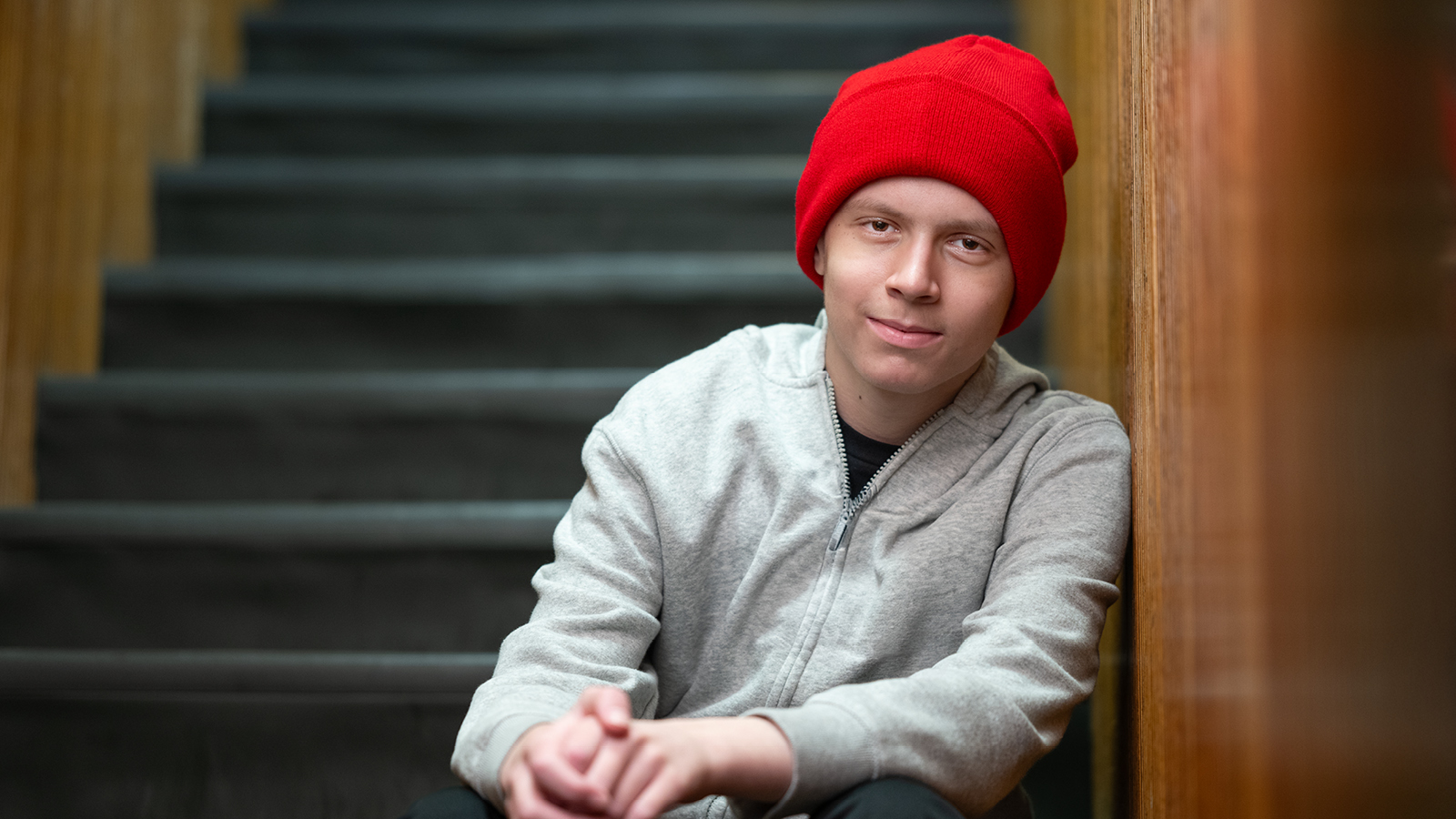- Diseases
- Acoustic Neuroma (16)
- Adrenal Gland Tumor (24)
- Anal Cancer (70)
- Anemia (2)
- Appendix Cancer (18)
- Bile Duct Cancer (26)
- Bladder Cancer (74)
- Brain Metastases (28)
- Brain Tumor (234)
- Breast Cancer (728)
- Breast Implant-Associated Anaplastic Large Cell Lymphoma (2)
- Cancer of Unknown Primary (4)
- Carcinoid Tumor (8)
- Cervical Cancer (164)
- Colon Cancer (168)
- Colorectal Cancer (118)
- Endocrine Tumor (4)
- Esophageal Cancer (44)
- Eye Cancer (36)
- Fallopian Tube Cancer (8)
- Germ Cell Tumor (4)
- Gestational Trophoblastic Disease (2)
- Head and Neck Cancer (14)
- Kidney Cancer (130)
- Leukemia (342)
- Liver Cancer (50)
- Lung Cancer (286)
- Lymphoma (278)
- Mesothelioma (14)
- Metastasis (30)
- Multiple Myeloma (100)
- Myelodysplastic Syndrome (60)
- Myeloproliferative Neoplasm (6)
- Neuroendocrine Tumors (16)
- Oral Cancer (102)
- Ovarian Cancer (178)
- Pancreatic Cancer (162)
- Parathyroid Disease (2)
- Penile Cancer (14)
- Pituitary Tumor (6)
- Prostate Cancer (150)
- Rectal Cancer (58)
- Renal Medullary Carcinoma (6)
- Salivary Gland Cancer (14)
- Sarcoma (238)
- Skin Cancer (302)
- Skull Base Tumors (56)
- Spinal Tumor (12)
- Stomach Cancer (66)
- Testicular Cancer (28)
- Throat Cancer (92)
- Thymoma (6)
- Thyroid Cancer (100)
- Tonsil Cancer (30)
- Uterine Cancer (86)
- Vaginal Cancer (18)
- Vulvar Cancer (22)
- Cancer Topic
- Adolescent and Young Adult Cancer Issues (22)
- Advance Care Planning (12)
- Biostatistics (2)
- Blood Donation (18)
- Bone Health (8)
- COVID-19 (360)
- Cancer Recurrence (120)
- Childhood Cancer Issues (120)
- Clinical Trials (628)
- Complementary Integrative Medicine (22)
- Cytogenetics (2)
- DNA Methylation (4)
- Diagnosis (240)
- Epigenetics (6)
- Fertility (62)
- Follow-up Guidelines (2)
- Health Disparities (14)
- Hereditary Cancer Syndromes (128)
- Immunology (18)
- Li-Fraumeni Syndrome (8)
- Mental Health (122)
- Molecular Diagnostics (8)
- Pain Management (62)
- Palliative Care (8)
- Pathology (10)
- Physical Therapy (18)
- Pregnancy (18)
- Prevention (940)
- Research (390)
- Second Opinion (78)
- Sexuality (16)
- Side Effects (616)
- Sleep Disorders (10)
- Stem Cell Transplantation Cellular Therapy (216)
- Support (408)
- Survivorship (330)
- Symptoms (182)
- Treatment (1794)
Why my wife had an awake craniotomy to treat glioblastoma
BY Jason Hiley
4 minute read | Published June 15, 2022
Medically Reviewed | Last reviewed by an MD Anderson Cancer Center medical professional on June 15, 2022
By the time my wife, Priscilla, was diagnosed with an aggressive brain tumor called glioblastoma, her condition was so serious that she needed emergency surgery just to prevent a fatal stroke. The local neurosurgeon who performed the procedure did his best, but he was unable to completely remove the tumor, due to its location deep inside her brain.
We consulted several other brain surgeons afterward, but nobody would agree to try again. They said a second surgery would offer Priscilla no benefit, and suggested we keep her comfortable and let nature take its course.
Instead, we went to MD Anderson. And today, nearly seven years later, Priscilla is still here.
My wife’s glioblastoma symptoms
Looking back now, I think my wife first started showing symptoms of glioblastoma in 2012, three years before her diagnosis. Around Priscilla’s 40th birthday, she began acting strangely. She started getting really forgetful, saying odd things at inappropriate times, and just acting completely checked out. She’d also have a single glass of wine sometimes and then not be able to stand up.
Things finally came to a head in 2015, when Priscilla stayed in bed all week during a Florida vacation with her girlfriends. She also said such outlandish things during that trip that a few of them privately approached me to express their concern. I took her to a local hospital when she returned. That’s when we discovered Priscilla’s odd behaviors were symptoms of a brain tumor.
My wife’s glioblastoma treatment
At MD Anderson, we met first with neurosurgeon Dr. Frederick Lang. He mapped out Priscilla’s remaining tumor with scans, then conducted an all-day cognitive assessment to get a baseline of how her brain was functioning. The next day, he performed an awake craniotomy, in which anesthesiologist Dr. David Ferson actually woke Priscilla in the middle of the brain surgery, so they could talk to her and monitor her brain functions during the tumor removal.
I had no idea an awake craniotomy was even an option. Now, I know it was to make sure the doctors knew exactly where the part of Priscilla’s brain was that managed speech, so they wouldn’t damage it while they were removing the remaining tumor. The idea of an awake craniotomy was scary and a little freaky, but also really fascinating. I’m glad it was an option.
Afterward, they put Priscilla back to sleep and closed the opening in her skull. It went really well. Dr. Lang was able to remove about 99% of the remaining tumor. Then, we had to wait for the pathology report to come back. It was a tense couple of weeks.
Genetic mutation means more treatment options
Once the pathology results came back, we all felt very relieved. Dr. Lang confirmed that Priscilla’s brain tumor was glioblastoma. It also was “MGMT methylated” and had a genetic mutation called IDH1. This meant that any remaining cancer cells in Priscilla’s body should respond well to chemotherapy.
We consulted with radiation oncologist Dr. Susan McGovern and neuro-oncologist Dr. Barbara O’Brien, who recommended six weeks of chemoradiation. Priscilla would undergo radiation therapy while also receiving chemotherapy. This would make both treatments more effective.
Priscilla began receiving chemoradiation in September 2015 and finished her treatments the following month. She also completed 12 additional cycles of chemotherapy in November 2016.
The scariest part of cancer for me
We all know that Priscilla’s cancer could still come back someday. But there’s no reason to sit around thinking about it. We just try to keep things as normal as possible, and only acknowledge cancer as a reality when we have to — usually at Priscilla’s follow-ups. She still gets a brain scan at MD Anderson every six months, and will for the rest of her life.
My wife doesn’t have quite as much energy as she used to. But the core of who she is remains the same, so we still enjoy going out to dinner together, traveling and spending time with our friends and families.
To me, the scariest part of a cancer diagnosis is the unknown. But it’s been seven years now since my wife was diagnosed, and she’s still here. She’s also getting to watch our kids grow up. So, we’re all very grateful.
Request an appointment at MD Anderson online or by calling 1-877-632-6789.
Related Cancerwise Stories
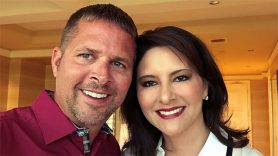
We're all very grateful.
Jason Hiley
Caregiver

